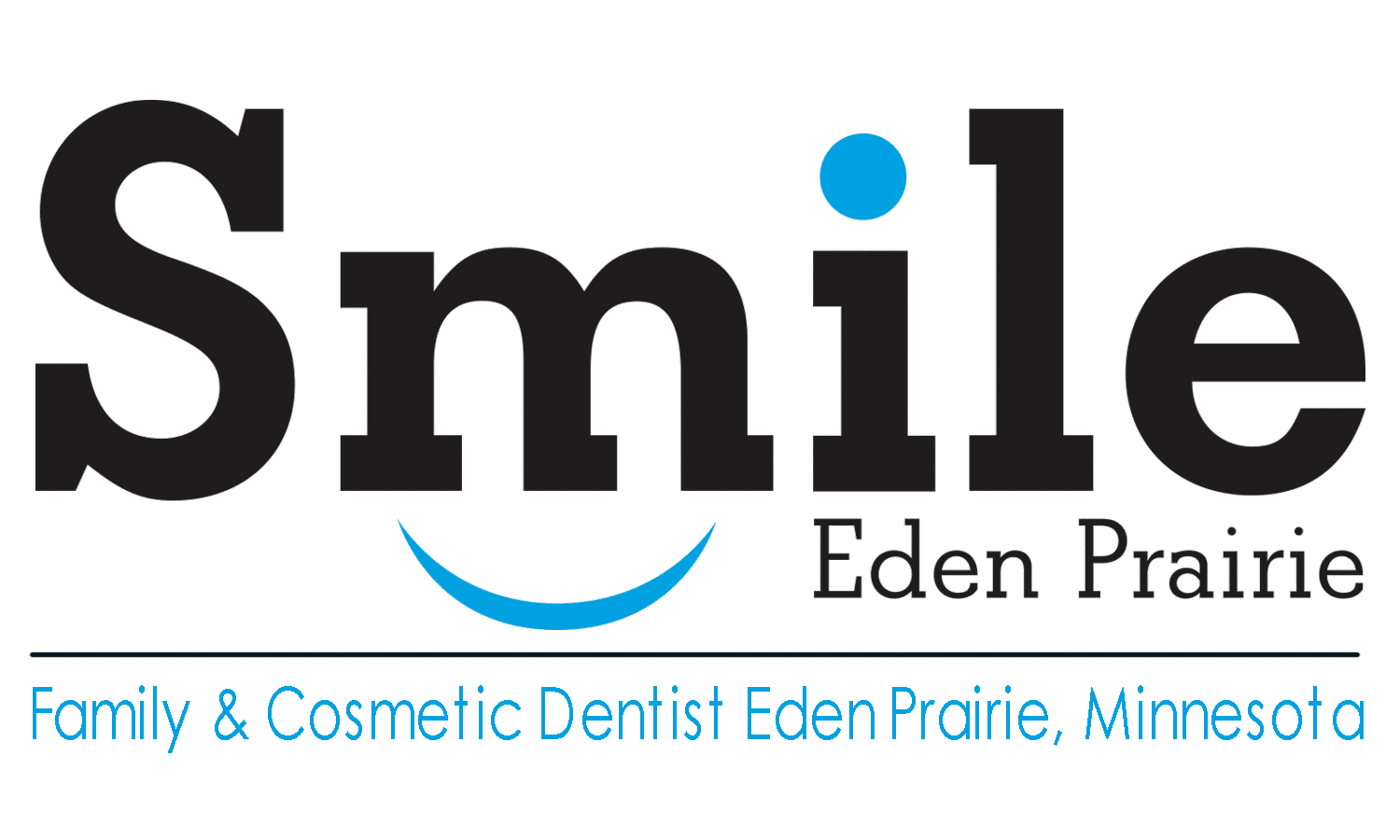Fix Chipped Teeth and What To Do
Though the enamel of teeth is the body’s hardest tissue, it is not indestructible. In fact, it is very common for people to get a cracked or chipped tooth from biting on ice, almonds, or other hard foods. If this happens, it is very important to know the best management strategy for a chipped tooth, not only to avoid infection or pain, but to preserve the tooth.
If you do find yourself with a fractured, broken, or chipped tooth it is essential that you seek care from your dentist immediately. Waiting to visit the dentist increases the chances for further damage. And even more importantly, a damaged tooth can lead to infection, which can lead to possible loss of the tooth and/or other serious risks to your overall health.
Temporary At Home Fixes for a Chipped Tooth
Once you make an appointment with the dentist, you can try these self-care approaches to stabilize the situation as much as possible until professional care is available:
- Over The Counter Pain Relief: Lessen any pain by taking ibuprofen, acetaminophen, or other appropriated over-the-counter pain reliever. Consult with the pharmacist and/or the dentist’s office by phone if you have any questions.
- Salt-Water Rinse: Rinsing the mouth gently with salt water to reduce any risk of infection.
- Temporary Covering: If the damage to the tooth has resulted in any sharp or jagged edges, you can cover the edge with a wax paraffin or chewing gum (sugarless) to protect your cheek and/or tongue.
- Soft Foods: If you have to eat with a chipped tooth before visiting the dentist choose choose softer food and avoid any hard biting down with the damaged tooth.
- Dentemp: Try using the product, Dentemp, designed for the temporary treatment of chipped or damaged teeth. It is available at most pharmacies/drugstores.
A Dentist’s Approach to Fixing A Chipped Tooth
There are various professional treatment practices for a broken or chipped tooth, depending on how severe tooth damage is. If there is just a minimal amount of enamel that has been chipped or broken, the dentist can likely make a repair to the tooth during one visit to the office. In the case of a severely damaged or broken tooth multiple visits (and costlier procedures) might be necessary. Possible approaches to professional repair your dentist might suggest include the following:
- Bonding or Filling: For small repairs to a tooth’s enamel a filling can often be applied. Often a composite resin that is tooth-colored can be applied to any damage on a front tooth. This simple procedure is called bonding and does not require any kind of numbing agent. Special gels, adhesive substances, and resins are used. After the dentist shapes the resin to work with the natural tooth, the material is hardened with ultraviolet light.
- Veneers: In some cases a dentist might use a dental veneer, such as in the case of a broken and/or chipped tooth. . A resin and or porcelain material that is tooth-colored is used to customize a veneer. Using a special kind of dental cement, the veneer is applied over the existing damaged tooth.
- Caps or Crowns: If substantial loss has occurred, but there is still some remaining tooth, the tooth that is left may get filed and capped or crowned by your dentist. The cap or crown is designed for protection of the remaining tooth and to preserve the tooth’s function and appearance. If for any reason there has been enough damage that pulp in the tooth becomes exposed, pulp damage and/or infection becomes a risk. In this instance a root canal, which allows for removal of decayed or decaying pulp, may be suggested first.
